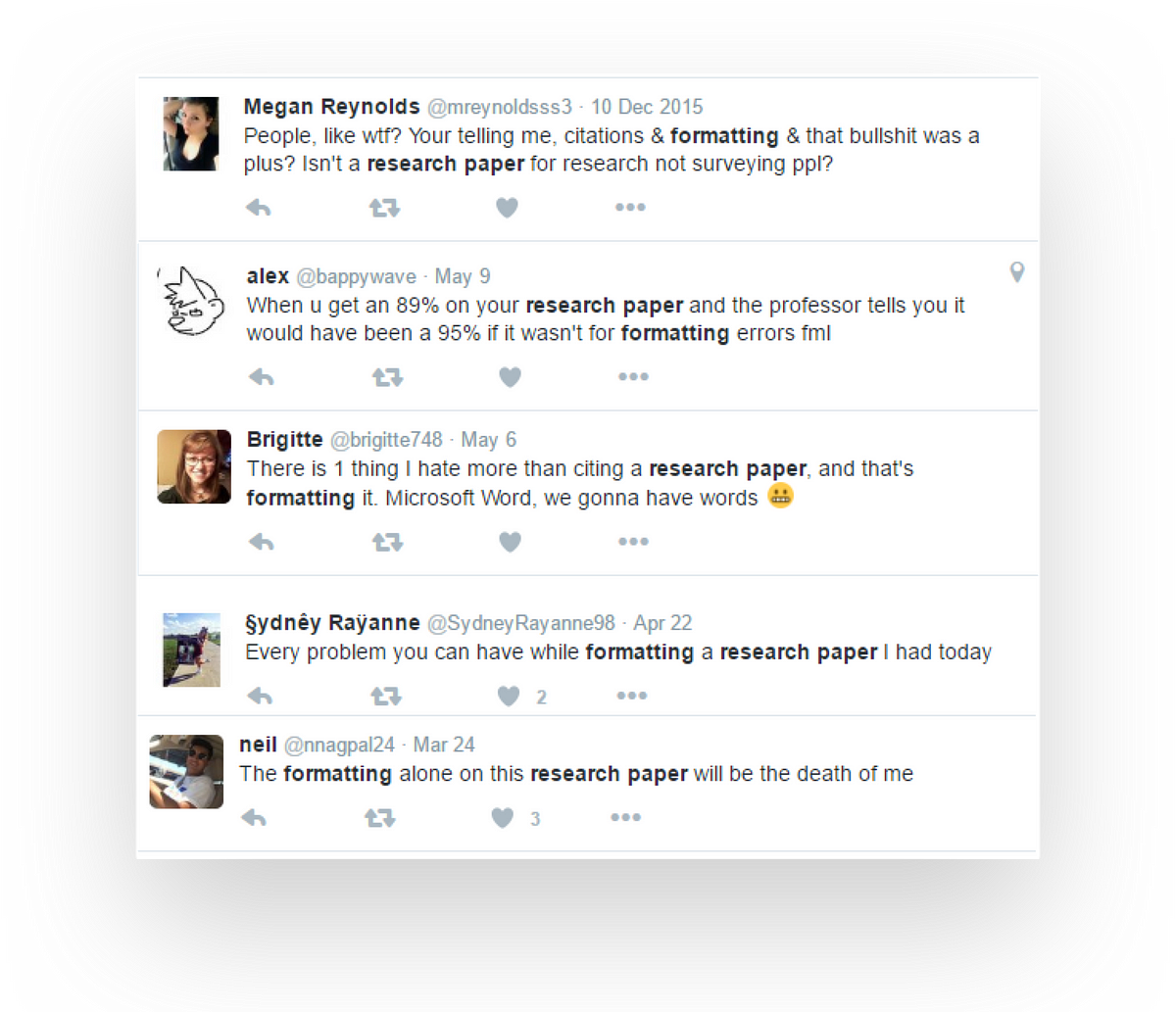A peek into the future of manuscript formatting.
A few years back, I was showing my 4 year old niece how to build an aeroplane using Lego blocks. After patiently waiting for me to complete, she took the finished piece from me. She immediately pulled it apart and started putting the blocks together to build the Lego aeroplane on her own.
I chuckled to myself. “What a waste of my efforts”!
Funnily enough, this instance serves as a perfect analogy whenever someone asks me about the publishing process in the academic industry.
The formatting problem
Anyone who has submitted a research paper would know the hours spent in formatting. Worse, re-formatting is another big concern for researchers applying to multiple journals. Each journal follows its own format for submission, resulting in repetitive work.
With a lack of standards and more than tens of thousands of journals present, this is a persistent issue.
The problem has become so acute that, in a survey carried out by Elsevier’s Research and Academic Relations department, one in three researchers identified ‘preparing manuscripts’ as the activity they found most frustrating and time-consuming.

After spending time and effort on your paper, you would assume that the formatted manuscript is what the publishers utilize for the final print, right?
But what actually happens will baffle you.
The reverse engineering
Submission process is initiated when a researcher submits the doc file (called source file).
Publishers send this source file to companies called composition suppliers who convert it into XML. The conversion into XML guarantees a definitive archive of the publication. Learn more about MS-Word to JATS XML converters.
The suppliers use this XML to re-generate the document with all the formatting requirements set by the publisher. All the formatting you had done is ignored, and done once again by the typesetters.
It is like you assemble a cycle and give it to someone, only for them to dismantle it before re-assembling it again!
Is there a way out?
Yes. If authors can supply XML directly.
How could this happen?
If they use a writing interface which automatically creates XML in the background as they write. XML-at-source is the terminology.
Using XML-at-source, it’s possible to auto-format and re-format a research paper in seconds. The paper will continue adhering to journal guidelines. This will significantly reduce time and effort that will make the authors happy.
This will also get rid of all the re-engineering involved that will make the publishers happy.
To generate this kind of value, we at SciSpace (Formerly Typeset), have been building a platform for the research community. We take care of pain in the authoring process, so that you can focus on your research.
Our suggestion is that you take a look at SciSpace if you want to simplify research workflows. Your research writing tasks, including literature searches, can all be completed through a single platform.

Researchers, universities, and publishers can use SciSpace to access everything they need. In addition to more than 200 million research papers from multiple disciplines, there are SEO-optimized abstracts, a publicly visible profile to let others know about your expertise, a collaborative text editor, 20,000+ journal templates, and more.

You can learn more about the product here.
Who are we? How can we help in research writing?
Thanks to Harry Ven for the edit.







